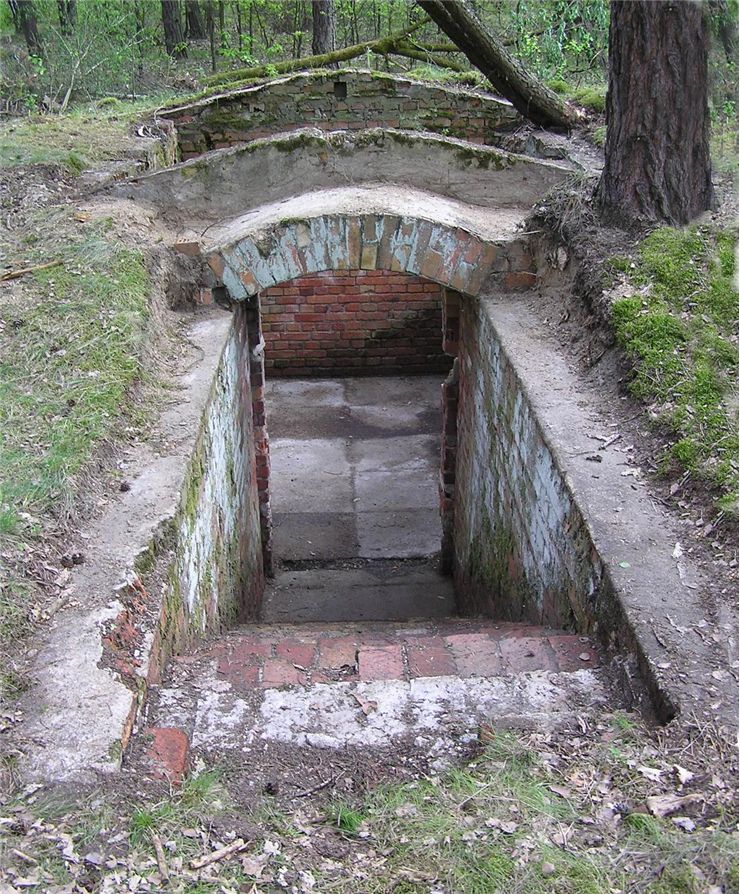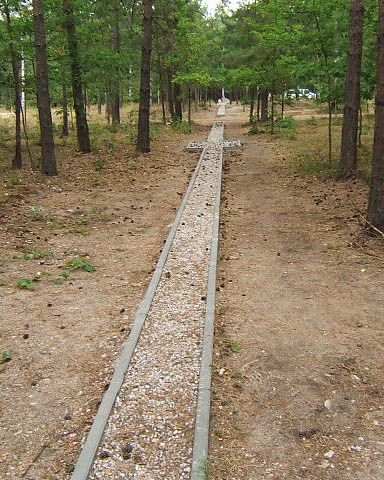Escape from Stalag Luft III - The Great Escape
The Great Escape is remembered today as one of the best conceived and largest organized prison escape attempt by allied POW's during Second World War. Over the time of one year between spring of 1943 and late march 1944, over 600 prisoners worked hard on the creation of not one, but three large underground tunnels in hope that at least one will remain undetected by Nazi prison guards until they are complete. The major driving force for creating escape plan and maintaining the construction of tunnels was Royal Air Force Squadron Leader Roger Bushell, who was captured few days after the "Great Escape" and executed by Gestapo along with 50 other caught escapees.
German prisoner of war camp Stalag Luft III was run by Luftwaffe and it housed almost exclusively captured air force servicemen. It was located in German Province of Lower Silesia near today's city of Żagań in Poland, and only 100 miles from Berlin. German military chose this place just because they though that digging tunnels would be impossible there, but allied POW proved them wrong by digging three large tunnels. Under the names of Tom, Dick, and Harry, construction of these tunnels progressed slowly during the 1943 and early 1944.The plan of Roger Bushell demanded production of large tunnels that could evacuate large amounts of prisoners, and because of that work on them went slowly. Each tunnel was dug at the depth of 9 meters (30 feet) below the surface, with several chambers created for draining air, workshops and staging areas. Walls and the ceilings of the tunnel were fortified with the wood scavenged around the camp, mostly from the prisoner beds - before the tunnels were created their bed had over 20 support boards, but at the time of the escape they lowered it to just eight. As the tunnels grew larger, prisoner devised the simple air pumps and extended the electrical lights to help with their work. They even made small rail car system that helped them immensely with the transport of the earth (it was estimated that the rail moved around 200 tons of dirt). In September of 1943 German guards finally found out about one of their tunnels - Tom. When that happened, work on all tunnels stopped, and prisoners decided to focus all of their work on the tunnel Harry and to use "Dick" as a storage place for various equipment and excavated dirt.
As the German officers knew that something major is happening in the camp, they moved all American prisoners on different barracks in the camp. This move prevented any American POW to take part in the Great Escape. After finishing the tunnel that was 102 meters long, 76 prisoners managed to exit the camp in the total darkness of the moonless night. Vast majority of the POWs were captured in the following days, and only three of them managed to reach the allied territories - Norwegian pilots Per Bergsland and Jens Müller reached neutral Sweden by boat, and Dutch pilot Bram van der Stok traveled across entire France until he found the safety in the British consulate in Spain.
Following the escape, German Nazi leader Adolf Hitler approved the plan for executing some of the prisoners involved in the escape (he also changed his mind and spared the lives of camp's architect, camp's security officer and guards that were on duty on that night). In total, 50 prisoners (mostly British) were executed in the days following the escape, including the Roger Bushell who created the plan for the Great Escape.
Memory of the Great Escape lives today in the autobiographic books of several camps prisoners, and in famous Hollywood movie "The Great Escape" (which mostly depicted fictional, exaggerated and loosely based events of the life inside the camp).

